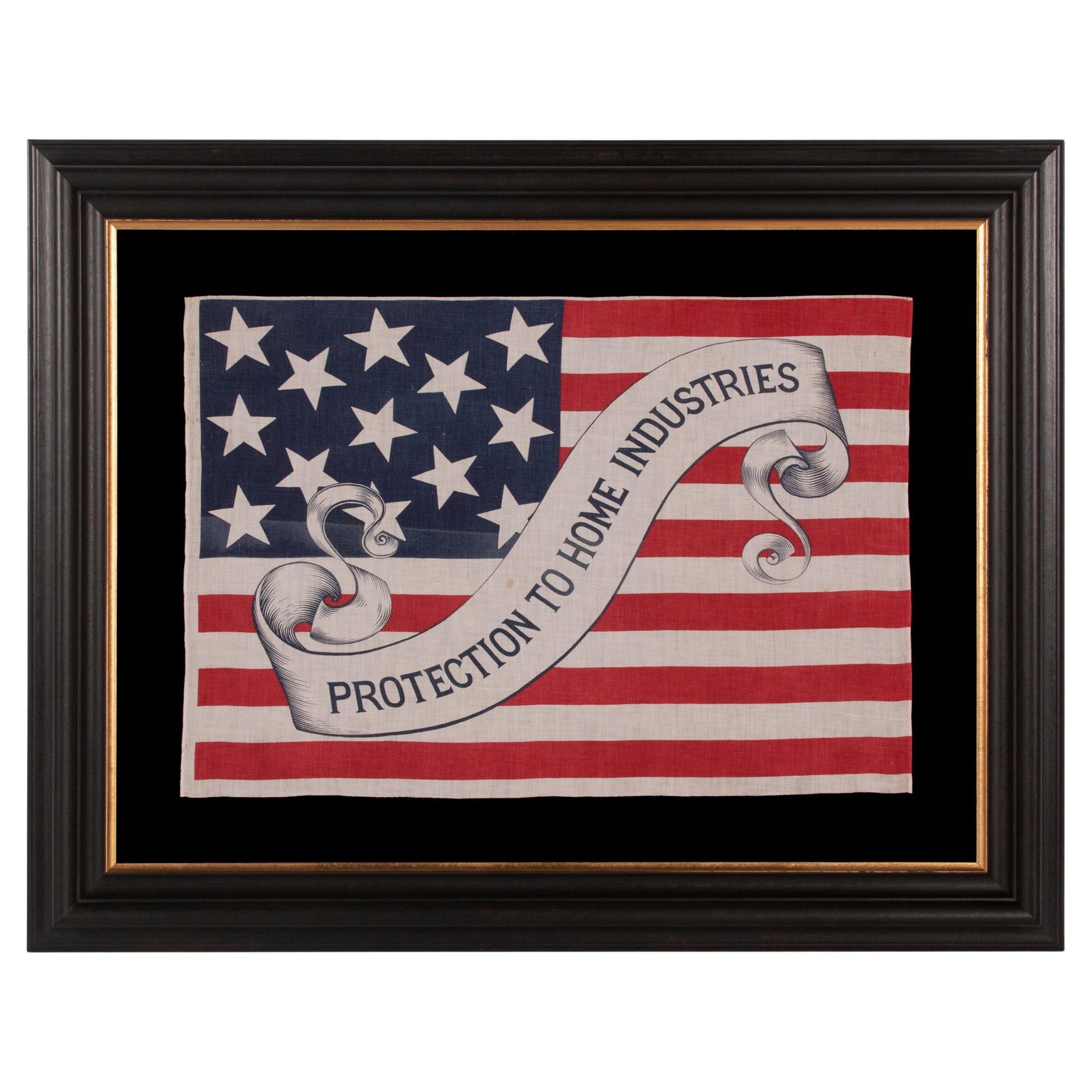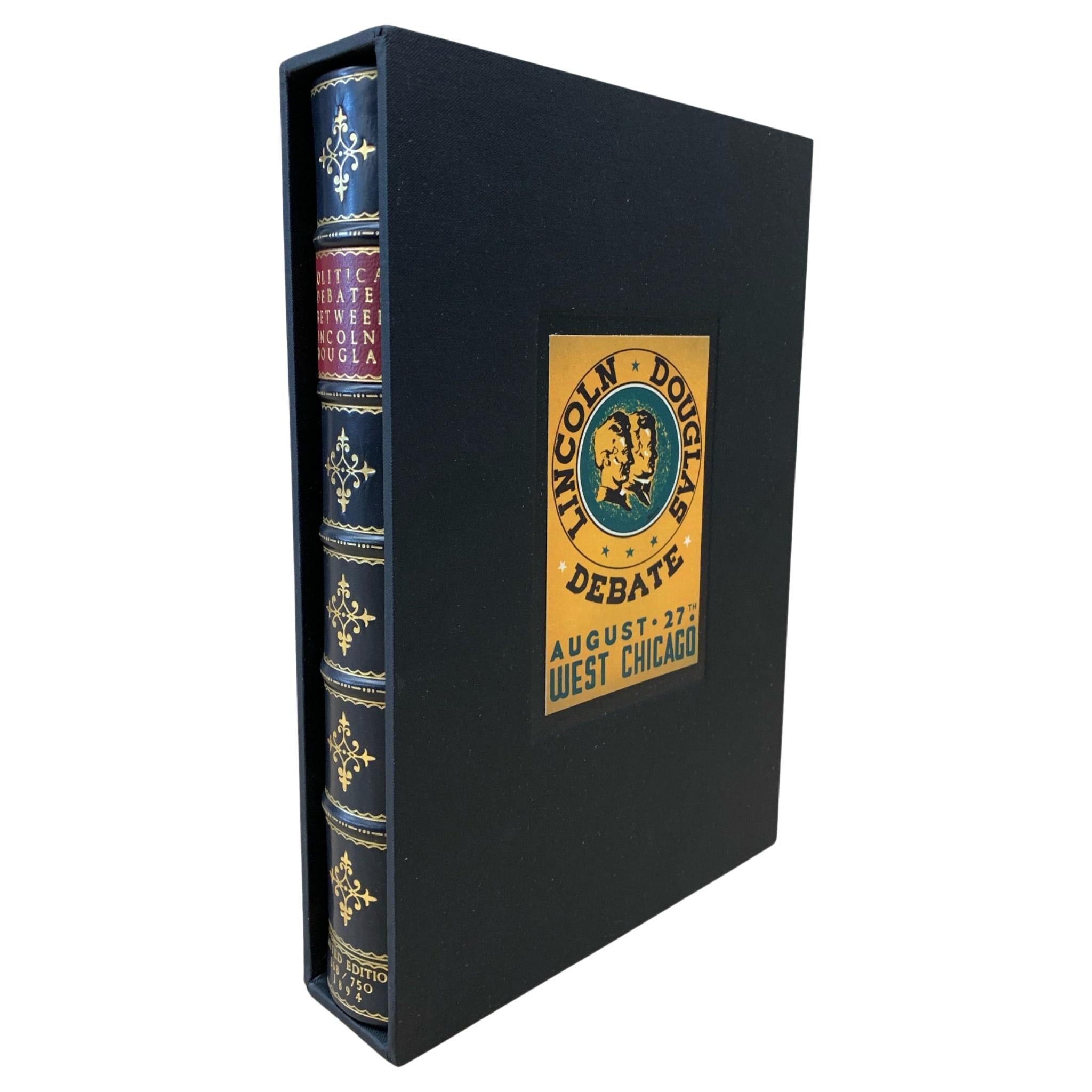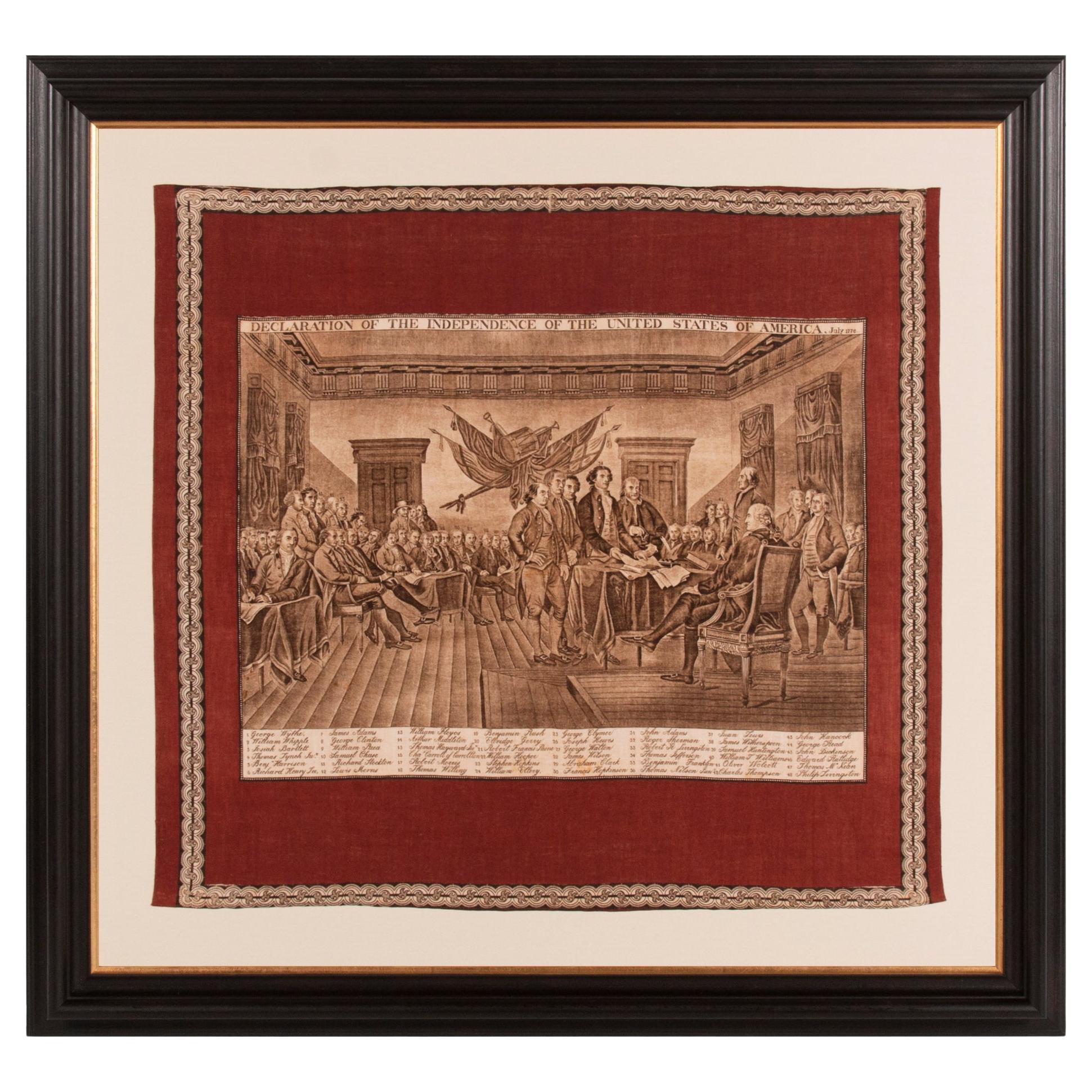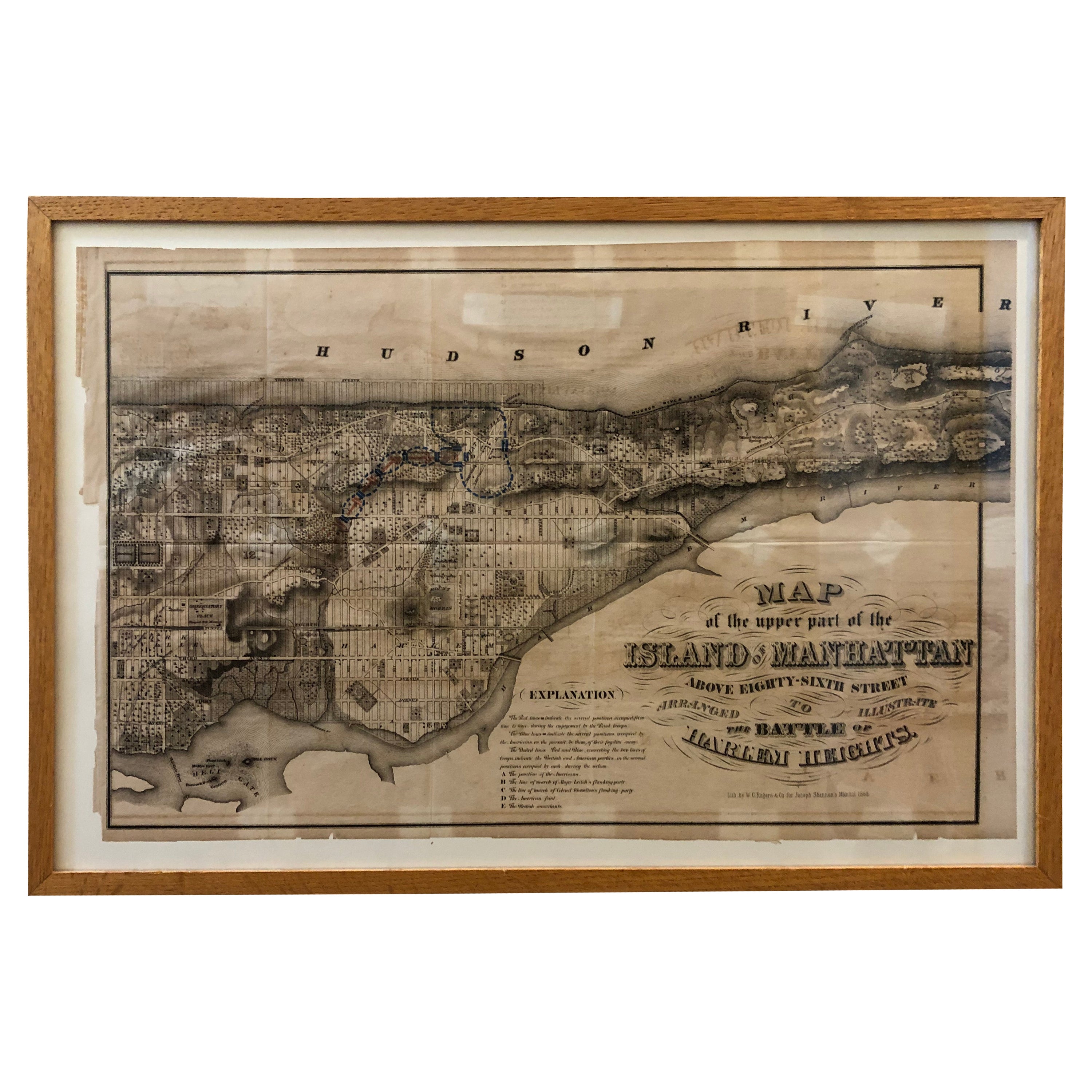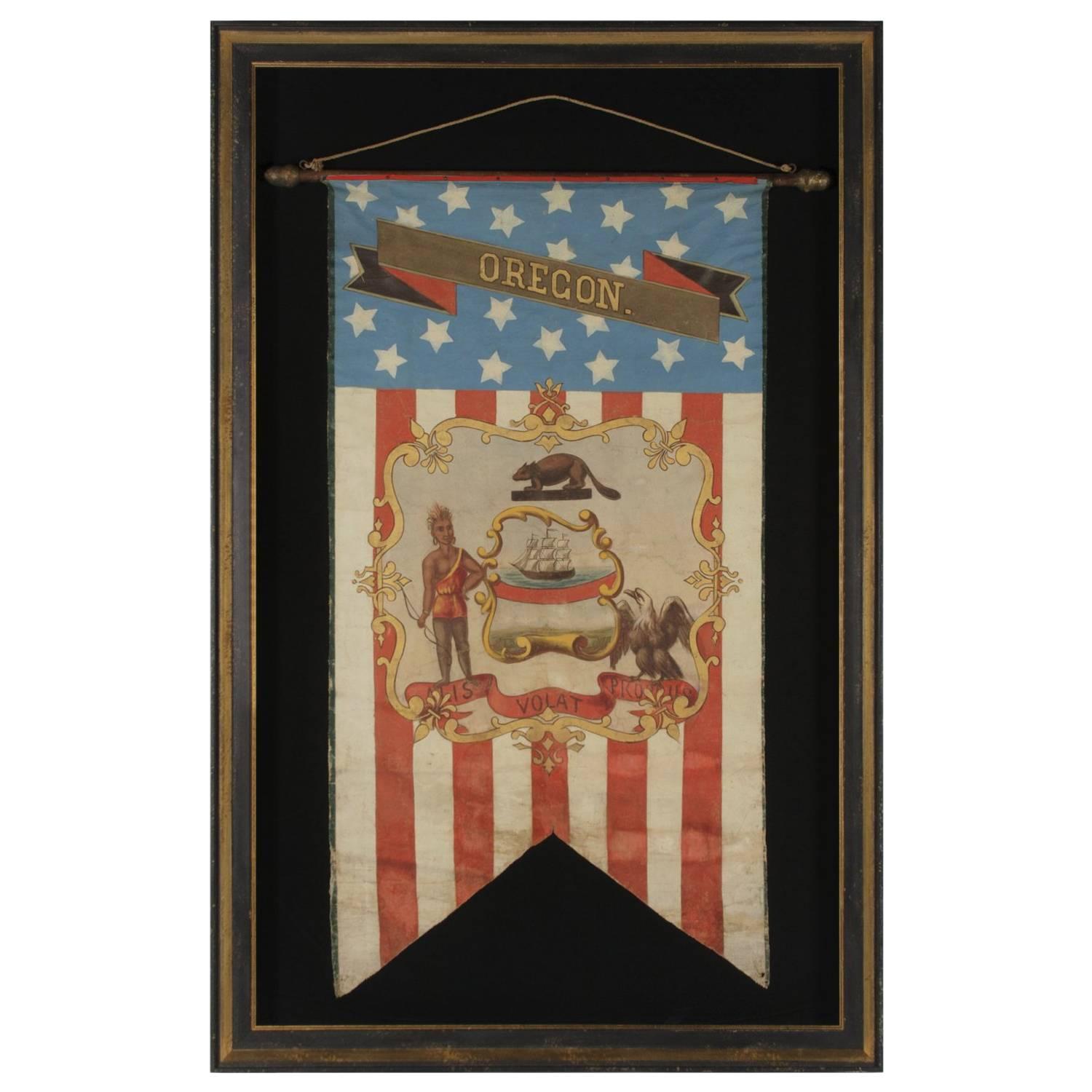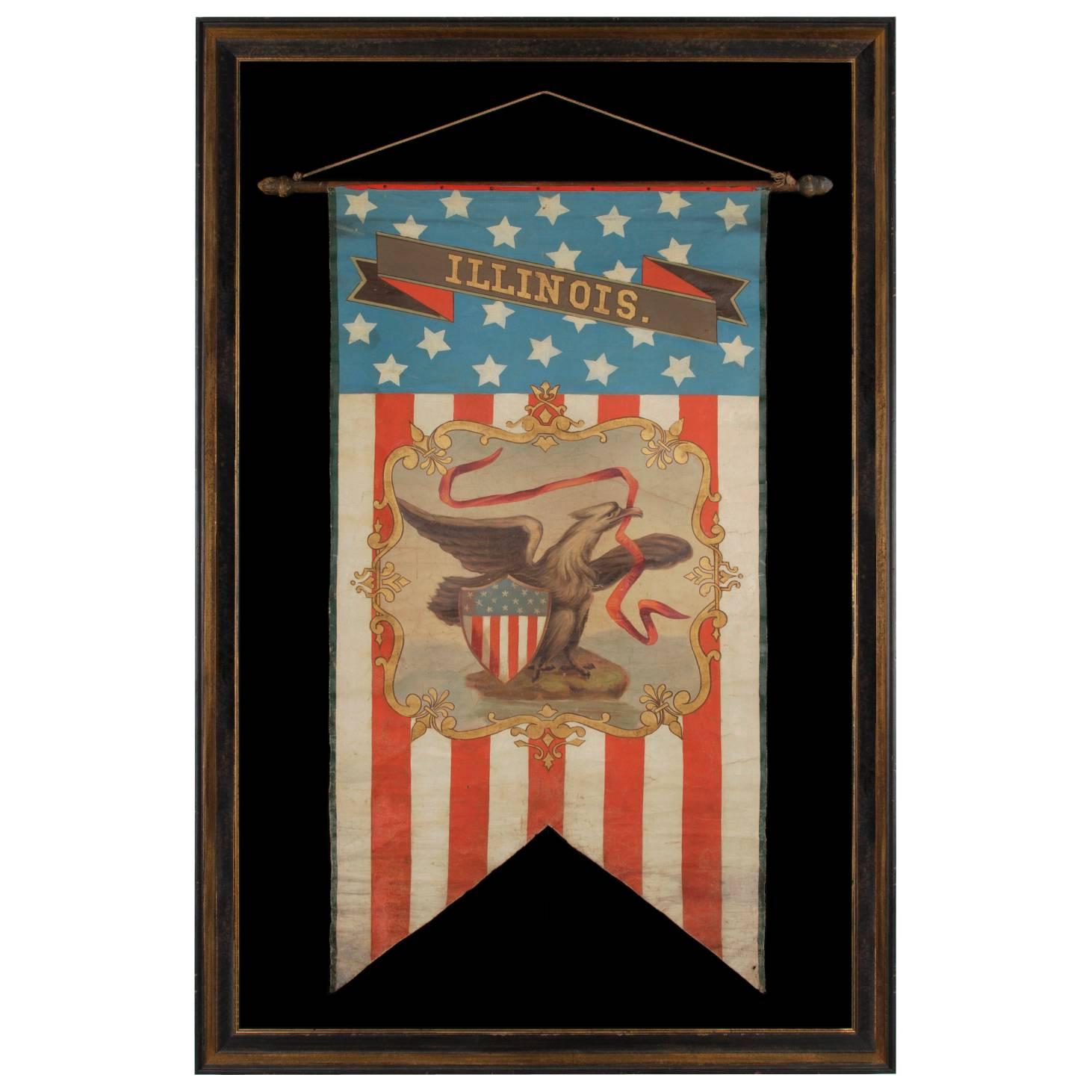Items Similar to "Memoirs of Richard Nixon" Two-Volume Set, Easton Press Edition, 1988
Want more images or videos?
Request additional images or videos from the seller
1 of 5
"Memoirs of Richard Nixon" Two-Volume Set, Easton Press Edition, 1988
About the Item
Nixon, Richard. The Memoirs of Richard Nixon. Norwalk: The Easton Press, 1988. Two-volume set. Bound in full leather with 22-karat gold embossing. Housed in a matching custom slipcase.
This two-volume set of The Memoirs of Richard Nixon is bound in genuine leather with 22-karat gold accents around the front and along the banded spine. The internal pages are printed on archival quality paper ensuring the longevity of the work. Originally published in 1978, this special edition set of the Memoirs was published by Easton Press in 1988. Both books are presented in a matching blue custom made slipcase.
Richard Milhouse Nixon was the 37th president of the United States. Before that, he was a lawyer, served in the Navy, and in Congress. This autobiography of the former-president details the entirety of his life through his resignation. Beginning with his childhood and schooling, the book covers his early days as a U.S. Representative and Senator as well as the political issues he encountered both foreign and domestic. The autobiography ends with Nixon’s presidency and the circumstances of his resignation. Richard Nixon is still the only person to have resigned from the office of the President leaving this autobiography the only firsthand account to such an incident.
Condition:
These books are like new. Never read before, they are bound in genuine leather, decorated with 22-karat gold, have gilt edging along all page sides, and Volume I includes a Library of the Presidents Collector’s Note inside the front end pages. Both volumes are presented in a single matching blue custom archival slipcase decorated with a print of Norman Rockwell’s painting of Richard Nixon.
Dimension: 10” H, 7” W x 3.75” D (two volumes with slipcase).
- Dimensions:Height: 10 in (25.4 cm)Width: 7 in (17.78 cm)Depth: 3.75 in (9.53 cm)
- Materials and Techniques:
- Place of Origin:
- Period:1980-1989
- Date of Manufacture:1988
- Condition:These books are like new.
- Seller Location:Colorado Springs, CO
- Reference Number:
About the Seller
4.9
Platinum Seller
These expertly vetted sellers are 1stDibs' most experienced sellers and are rated highest by our customers.
Established in 2010
1stDibs seller since 2011
400 sales on 1stDibs
Typical response time: <1 hour
- ShippingRetrieving quote...Ships From: Colorado Springs, CO
- Return PolicyA return for this item may be initiated within 10 days of delivery.
More From This SellerView All
- The Memoirs of Richard Nixon by Richard Nixon, Signed, First Edition, 1978Located in Colorado Springs, CONixon, Richard. The Memoirs of Richard Nixon. New York: Grosset & Dunlap, 1978. First Edition. Signed and inscribed on a pasted down bookplate. In original dust jacket and boards. Pr...Category
Vintage 1970s American Modern Books
MaterialsPaper
- Personal Memoirs of P. H. Sheridan, First Edition, Two-Volume Set, 1888Located in Colorado Springs, COSheridan, Philip Henry. Personal Memoirs of P.H. Sheridan, General United States Army. New York: Charles L. Webster & Company, 1888. First Edition. Two Volumes. Rebound in green quar...Category
Antique 1880s American Books
MaterialsLeather, Paper
- Memoirs of General William T. Sherman, First Edition, Two-Volume Set, 1875Located in Colorado Springs, COSherman, William T. Memoirs of General W. T. Sherman, Written By Himself. New York: D. Appleton and Company, 1875. First edition. In two volumes. Rebound in quarter blue leather and cloth boards, with raised bands, gilt tooling, and gilt titles to the spine, new marbled endpapers. New custom archival cloth slipcase with Sherman portrait inlay. Presented is a first edition printing of The Memoirs of General W. T. Sherman. This two volume book set was published by D. Appleton and Company, in New York, in 1875. It is presented here, rebound in striking quarter blue leather and cloth boards, with raised bands, gilt tooling, and gilt titles to the spine, new marbled endpapers, and a custom archival cloth slipcase to fit both books. Ten years after the end of the Civil War, Sherman became the first General to publish his memoirs of that period. He began writing his account in 1872 and the two volumes were published by D. Appleton and Company in the spring of 1875. According to the publisher’s prospectus, the two volume set was originally offered in four different bindings, including fine blue cloth, green cloth, full sheepskin, and half blue moroccan leath. Sherman explains his motivations for writing in the preface of Volume I: “Nearly ten years have passed since the close of the civil war in America, and yet no satisfactory history thereof is accessible to the public;…. What is now offered is not designed as a history of the war, or even as a complete account of all the incidents in which the writer bore a part, but merely his recollection of events, corrected by a reference to his own memoranda, which may assist the future historian when he comes to describe the whole, and account for the motives and reasons which influenced some of the actors in the grand drama of war.” His two volume account touches briefly on his early life, including his time at West Point, his life in and out of the army in Florida, California, New York, Kansas, and Louisiana. Yet the bulk of the writing is focused on the Civil War. “Written with the propulsive energy and intelligence that marked his campaigns” his memoir provides firsthand accounts of Shiloh, Vicksburg, Chattanooga, the infamous Atlanta campaign, and his march to the sea through Georgia and the Carolinas. The memoir describes striking incidents and anecdotes and collects dozens of his incisive and often outspoken wartime orders and reports. Throughout it all, Sherman is quite frank in describing the rights and wrongs of the campaigns he saw, writing without much concern for the feelings or experiences of others. This complex self-portrait of an innovative and relentless American general provides for a vivid read and an exceptional Civil War account. CONDITION: Good condition. First edition. In two volumes. Beautifully restored and rebound. Quarter blue leather and cloth boards, with raised bands, gilt tooling, and gilt titles to the spine, new marbled endpapers. Paper is okay to good, with toning as to be expected. Scattered spots and smudges. Inscribed twice by previous owner, inscription on the top of the Note page of Vol I and on the full title page of Vol II. Large "Military Map...Category
Antique 1870s American Books
MaterialsLeather, Paper
- Personal Memoirs of U. S. Grant, Two-Volume Set, 1885-86Located in Colorado Springs, COGrant, Ulysses S., Personal Memoirs of U.S. Grant. New York: Charles L. Webster and Co., 1885-1886. Two volume set. Octavo, beautifully rebound in quarter green leather and cloth boa...Category
Antique 1880s American Books
MaterialsLeather, Paper
- Political Debates Between Abraham Lincoln & Stephen A. Douglas, Limited EditionLocated in Colorado Springs, COLincoln, Abraham and Stephen A. Douglas. Political Debates Between Hon. Abraham Lincoln and Hon. Stephen A. Douglas, In the Celebrated Campaign of 1858, in Illinois, Including the Preceding Speeches of Each, at Chicago, Springfield, Etc.; Also, the Two Great Speeches of Mr. Lincoln in Ohio, in 1859. Cleveland: The Burrows Brothers Company, 1894. Limited edition printing, No. 168 of 750. Presented in ¼ leather and cloth binding, with gilt titles and raised bands to spine, with a new archival cloth slipcase. This is a special limited edition printing of the political debates of Lincoln and Stephen Douglas...Category
Antique Late 19th Century Political and Patriotic Memorabilia
MaterialsPaper
- Founding Mothers, Signed by Cokie Roberts, Limited Easton Press Edition, 2004Located in Colorado Springs, CORoberts, Cokie. Founding Mothers: The Women Who Raised A Nation. Norwalk: The Easton Press, 2004. Signed, Limited Edition of 1500. Octavo. In the publishe...Category
Early 2000s American Books
MaterialsPaper
You May Also Like
- 13 Star American Parade Flag with Rare Design, Ca 1888 Ex Richard PierceLocated in York County, PA13 Star American parade flag in an extremely rare design, with “protection to home industries” slogan on a fanciful, scrolling streamer, made for the 1888 presidential campaign of Benjamin Harrison; formerly in the collection of Richard pierce. 1888 Benjamin Harrison campaign flag, printed on cotton, with 13 large stars in a 3-2-3-2-3 pattern, upon which a whimsical, scrolling streamer is superimposed that features the slogan: “Protection to Home Industries.” There are numerous styles of both documented and undocumented, red, white, and blue bandanas and handkerchiefs, made for Harrison’s campaign in this year, as well as from the subsequent one, in 1892. Most bear variations of text to support the “Protection for American Industries” platform of the Republican Party. America was in the midst of the industrial age and there was a great deal of public interest, both in protecting growth and discouraging both imported goods and immigration. The constant stream of immigrants posed great challenges for a working families, competing for scarce jobs, in work environments that were already often far from ideal. In post-Civil War America, many of the working men were Civil War veterans. Bandanas abound from Harrison’s Campaigns, but flags do not. This example, along with three others, were once part of an 1888 patriotic quilt that was disassembled by a dealer and sold piecemeal to collectors. I eventually acquired all four. Fifteen to twenty years ago, these were the only four known copies. A couple of others have since surfaced, but the total count known still stands closer to 5 than 10. The use of 13 stars is seen in the flags of various candidates in the 19th century. Among these are Abraham Lincoln (1860 campaign), Henry Clay (1844 campaign), John Fremont (1856), and Benjamin Harrison’s grandfather, William Henry Harrison...Category
Antique 1880s American Political and Patriotic Memorabilia
MaterialsCotton
- Large Scale Printed Kerchief of the Signing of the Declaration of IndependenceLocated in York County, PARare, large scale Kerchief with a beautifully engraved image of John Trumbull’s “declaration of independence,” likely made in...Category
Antique Mid-19th Century American Political and Patriotic Memorabilia
MaterialsCotton
- 1868 Map of the Upper Part of the Island of Manhattan Above 86th StreetBy Wm. Rogers Mfg. Co.Located in San Francisco, CAThis wonderful piece of New York City history is over 150 years old. It depicts 86th street and above. It was lithographed by WC Rogers and company. It was made to show what was the Battle of Harlem during the Revolutionary war...Category
Antique 1860s American American Colonial Maps
MaterialsPaper
- Hand-Painted Patriotic Banner with the Seal of the State of OregonLocated in York County, PAHAND-PAINTED PATRIOTIC BANNER WITH THE SEAL OF THE STATE OF OREGON AND GREAT FOLK QUALITIES, 1861-1876: Swallowtail format, patriotic vertical banne...Category
Antique Late 19th Century American Political and Patriotic Memorabilia
MaterialsCanvas
- Hand-Painted Patriotic Banner With The Seal of the State of IllinoisLocated in York County, PAHAND-PAINTED PATRIOTIC BANNER WITH THE SEAL OF THE STATE OF ILLINOIS AND GREAT FOLK QUALITIES PROBABLY MADE FOR THE 1868 DEMOCRAT NATIONAL CONVENTION...Category
Antique 1860s North American Political and Patriotic Memorabilia
MaterialsCanvas
- Colorado State Flag, Made of Silk, Ca 1911-1920Located in York County, PACOLORADO STATE FLAG OF EXCEPTIONAL QUALITY, MADE OF SILK, CIRCA 1911-1920’s, EXTRAORDINARILY RARE IN THIS PERIOD AND THE EARLIEST EXAMPLE THAT I HAVE EVER ENCOUNTERED Early state flags are few and far between. While I am asked for them constantly, most states did not actually have official flags until the 20th century. On May 6th, 1911, Colorado became among the last to adopt a design. The project of doing so was spearheaded by the Denver Chapter of the Daughters of the American Revolution. The bill was introduced by Senator W.H. Sharply and adopted by the Eighteenth General Assembly. The artwork was the product of A.C. [Andrew Carlisle] Carson, President of the Ohio Society of Colorado. The meanings behind the elements in the design are as follows: The large letter "C" stands for Colorado and simultaneously for the Centennial State (Colorado entered the Union in 1876, the year in which our nation celebrated its 100th anniversary of independence), as well as the Columbine State (reflecting the state flower). The red color is included due to the fact that the word Colorado translates to scarlet or red in Spanish. The circle represents the sun, while the gold color symbolizes all-the-year sunshine, Colorado’s status as the greatest gold state, and one Columbine color. It was also included so that the Colorado state flag would have one more color than the U.S. flag. The color white reflects Colorado’s status as the greatest silver state, its eternal mountain snow, and one Columbine color. Lastly, the shade of Yale blue symbolizes all-the-year blue sky and one Columbine Color. Members of the D.A.R. were proud to note that this was also their color. Made sometime between the initial year of the adoption of this design and the 1920’s, this particular flag is the earliest Colorado example that I have ever encountered. The blue and white bars, red “C,” and golden circle are a’’ made of silk taffeta. This was a costly fabric, reserved for the best material a flag-maker produced. The flag is constructed in the manner of a battle flag, to be carried on foot. Squarish in its overall profile, silk was the fabric of choice for flags employed in this function, due to the fact that it was light weight, and thus practical for hand-carrying, while simultaneously formal in appearance, appropriate for the sort of ceremonial use that military presentation often demands. The style of the hoist is also typical for field or parade use. Here the fabric was rolled over to form an open sleeve, through which a wooden staff could be inserted. The sleeve is lined on the interior with black cotton. Leather tabs, at the top and bottom, fit over metal posts on the staff, designed to accept them, to fix the flag in its proper position. The bars were pieced and joined with lineal machine stitching. The hoist and fly ends were finished and hemmed by the same method. The devices are double-appliquéd (applied to both sides) with a machine buttonhole / blanket stitch. Though machines that produced buttonholes were, remarkably, available alongside the earliest standard machines, in the 1850’s and 60’s, the use of this sort of stitch in a running format, for appliqué work, remained highly unusual, even as late as the first half of the twentieth century, probably because it used a ton of thread when compared to the zigzag or satin stitch. It could be expected to appear more often in the hands of a maker of very fine flags, that employed embroidery machines and commissioned custom, fancy work of all sorts. Though unsigned—in no way uncommon in early examples, which were seldom signed—that is precisely the sort of firm that produced the Colorado flag...Category
Early 20th Century American Political and Patriotic Memorabilia
MaterialsSilk
Recently Viewed
View AllMore Ways To Browse
President Of United States
Presidents Politics
Library Book Sets
Lawyer Office
Blue Leather Books
Vintage Leather Book Cover
Vintage Leather Book Covers
Vintage Political Memorabilia
Leather Bound Book Sets
Vintage Leather Bound Book
Vintage Memoirs
Leather Gold Embossed Book
Norman Rockwell Study
Easton Press Used
Used Norwalk Furniture
Easton Press Books
Easton Press
Norman Rockwell Collectibles
